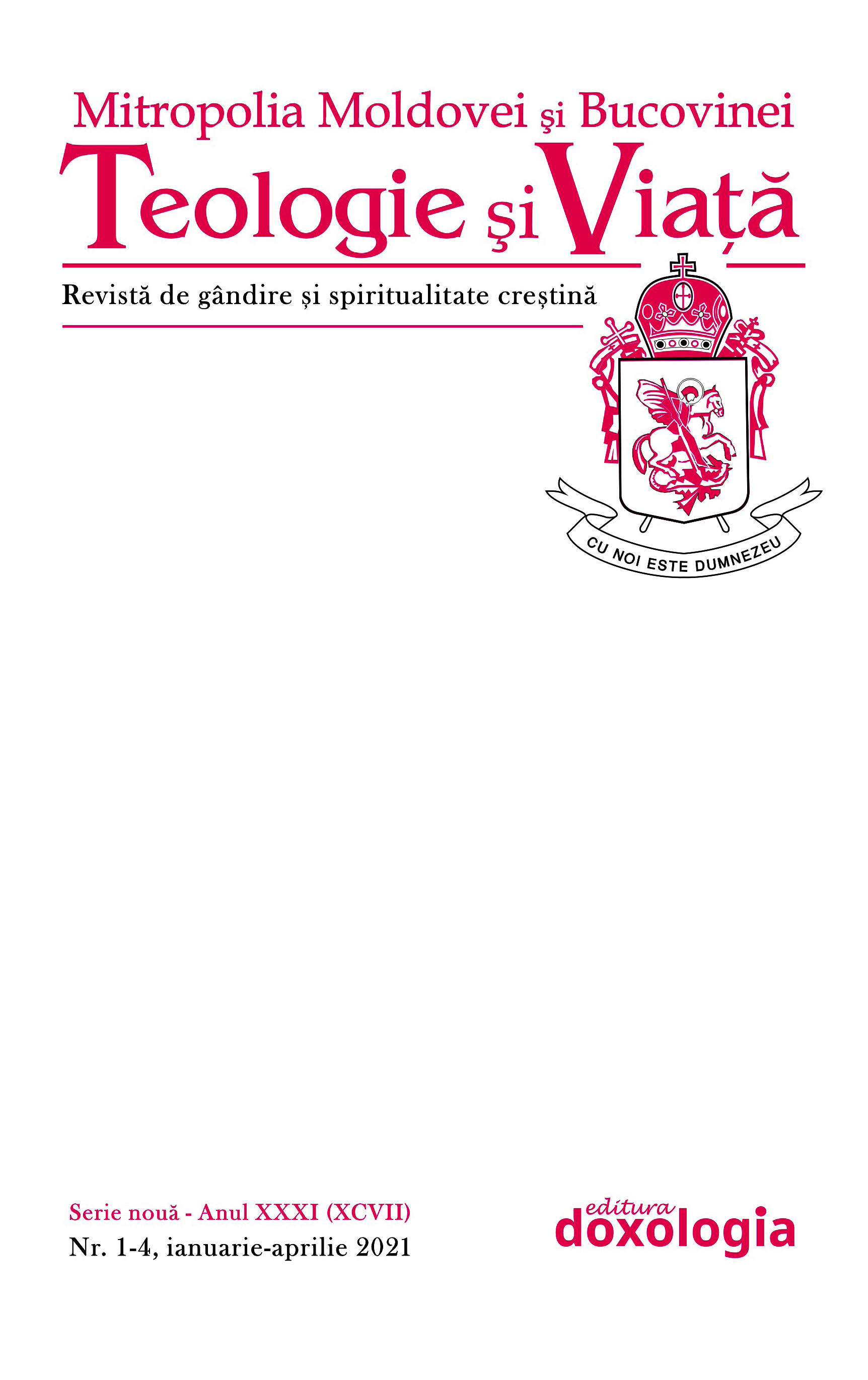Crucea-relicvariu și Crucea de procesiune
The Reliquary and the Processional Crosses
Author(s): Mihail GheaţăuSubject(s): Theology and Religion, History of Religion
Published by: Editura Doxologia
Keywords: Reliquary cross; processional cross; patriarchal cross; imperial cross; Church; Byzantium; the cross with two sets of arms; the cross with three sets of arms;
Summary/Abstract: The article aims to observe common elements and distinct formal specificities of reliquary and processional crosses, the moment of their appearance and the evolution of their features. The second transversal row of the cross situated above the main horizontal one derives from its original function of title as it is the way the word tilde is being translated from the Latin titulus. Another element with plastic and dogmatic values, usually overlaid on the titulus of the cross is the crown of leaves and flowers that either encircles or unfolds like a spray of flowers. The crown on Emperor Constantine’s labarum that has merged in time with the horizontal sprays will overlay on the same feature of the titulus bringing with it its symbolic significance and making a common corpus with the tilde’s image and significance. The tilde will become specific for divine names but also for an emperor’s name as he is an anointed man of God; a tilde’s effect is that it indicates the plural for majesty. Symbolically, the two sets of arms of the cross will be associated to the idea of a synergy between the two institutions that have ruled over the destinies of the Christian Empire, the State and the Church. It’s also the reason of the cross being labelled either patriarchal or imperial.
Journal: Teologie şi Viaţă
- Issue Year: XCVII/2021
- Issue No: 1-4
- Page Range: 69-89
- Page Count: 21
- Language: Romanian

